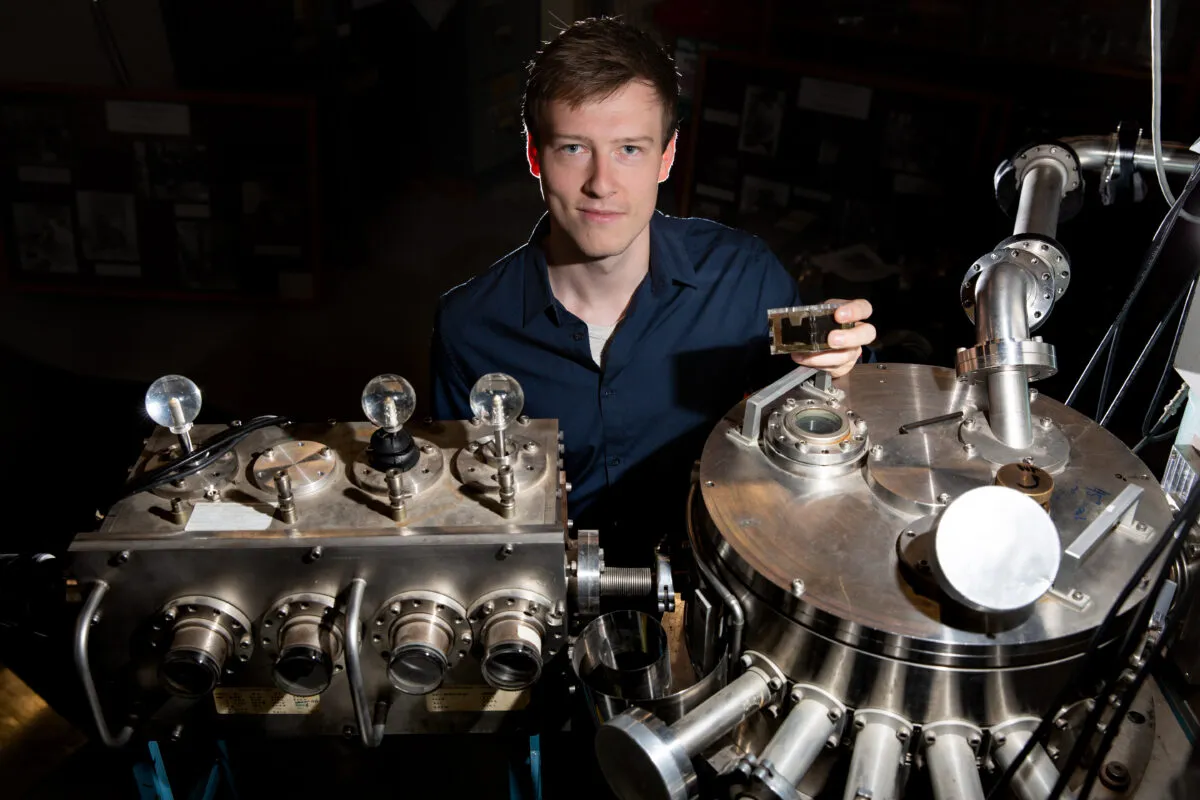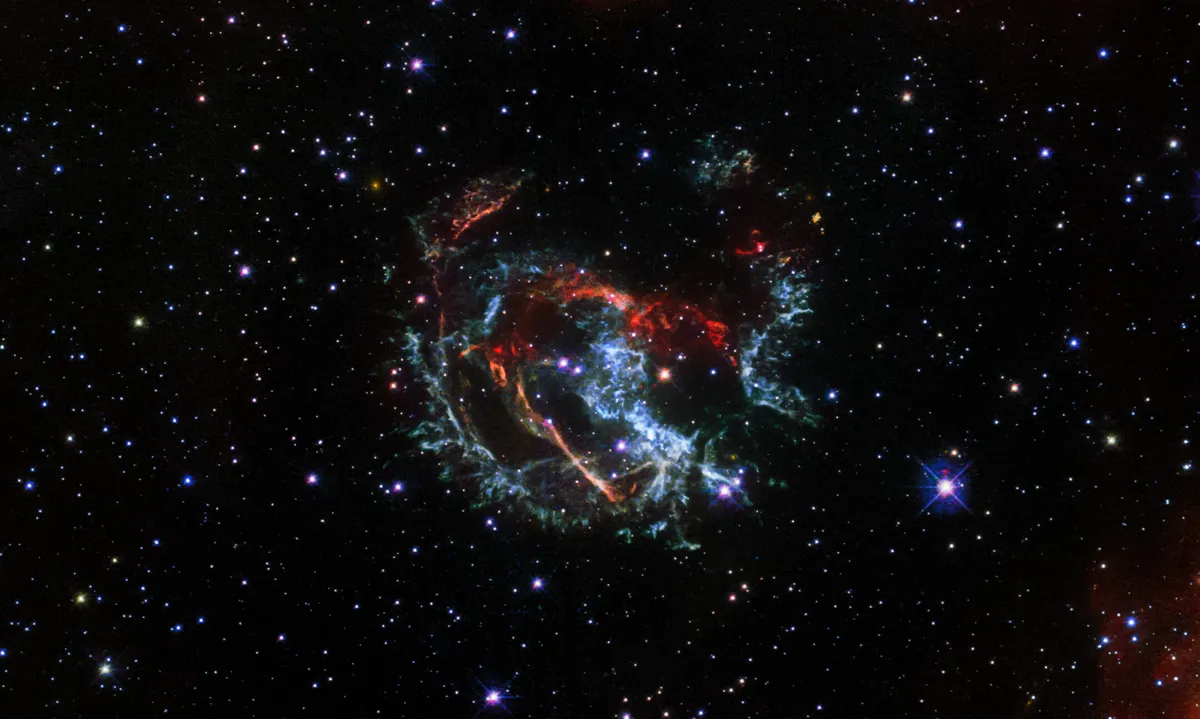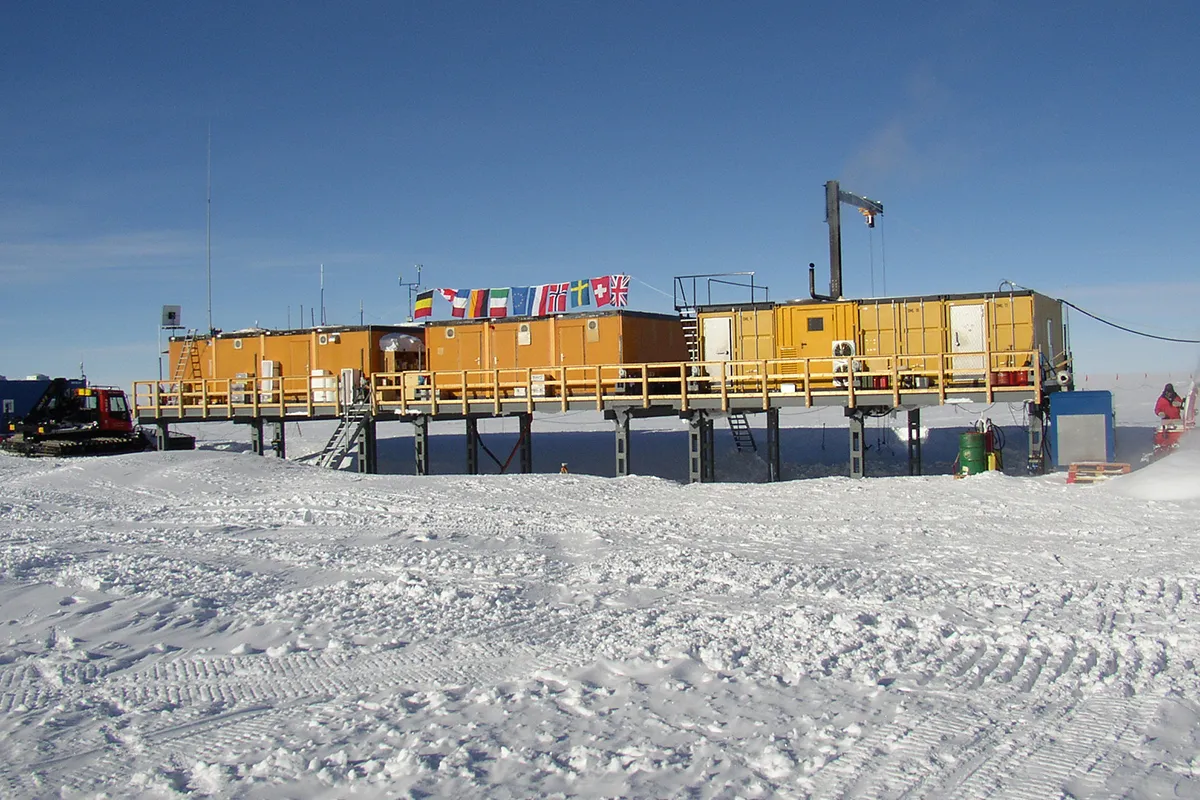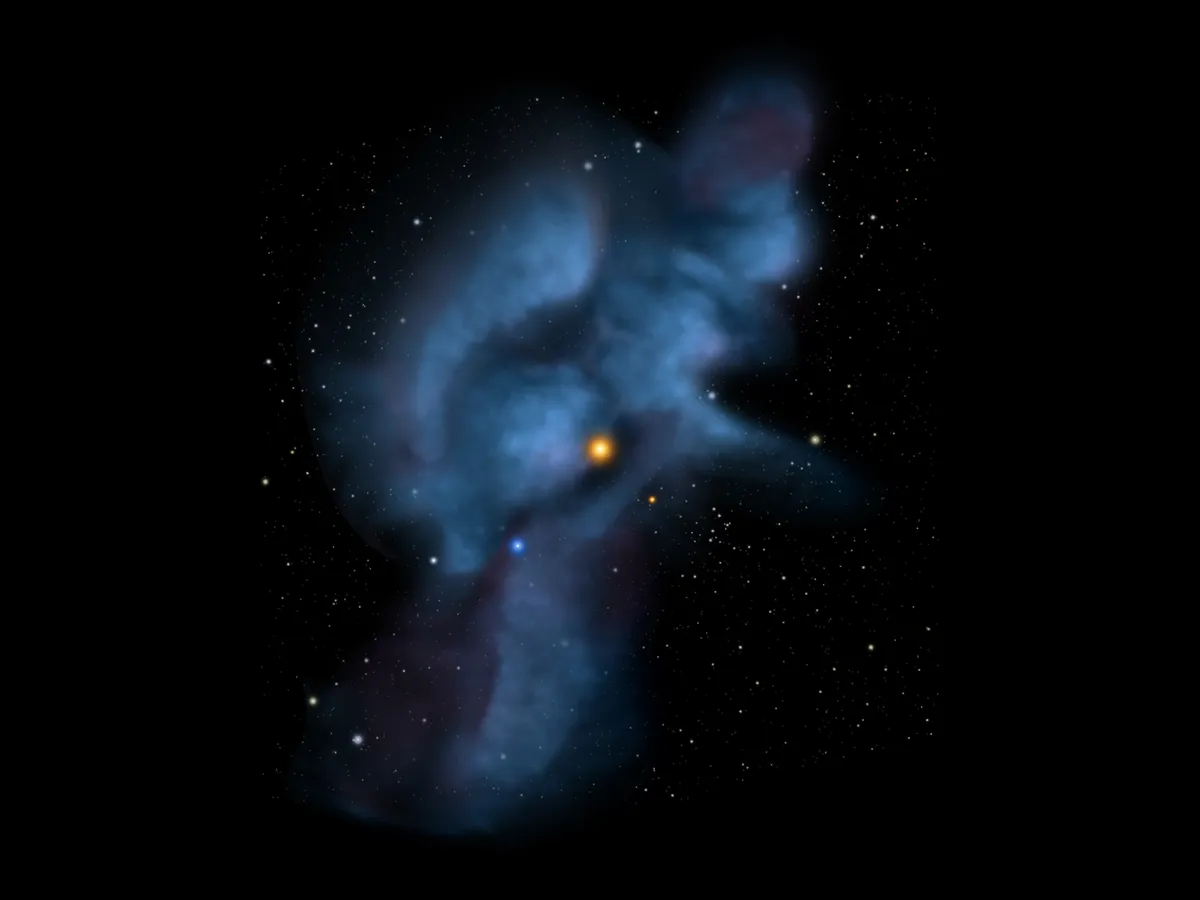You might be forgiven for thinking that studies of the Universe are done by pointing telescopes out into deep space, but a team of scientists have found there's much to be learned from analysing material closer to home: Antarctic snow, to be precise.
Studies of snow are yielding interesting results in the pursuit to understand more about supernovae: the explosions of stars more massive than the Sun that have reached the end of their lives.
Supernovae are usually observed hundreds, if not thousands, of lightyears away, but one research team is looking for signs of stellar explosions in the Antarctic.
Dominik Koll of the Australian National University is part of a team looking at how we can use iron-60 to understand more about the Universe. We spoke to him to find out why snow can be an important tool for analysing the cosmos.
Read about surviving Antarctic isolation and how the Sentinel-2 satellite hunts penguin poo from space.Or discover our guide to astronomy in Australia.

What can snow teach us about the Universe?
Antarctic snow is one of the purest materials you can find on Earth. There are almost no contaminants from terrestrial sources in the snow. The snow fall rate is also very low, with only a few events a year that precipitate snow.
That means the dust is concentrated, so we don’t need large amounts of snow to find the elements we are looking for.
We analysed 500kg of Antarctic snow, looking for an isotope called iron-60, a radioactive form of iron that contains four extra neutrons.
This is mostly produced in supernovae, so finding iron-60 means there’s direct evidence we have interstellar material falling onto Earth.

How did you get the snow?
We have colleagues in Antarctica from the Alfred Wegener Institute who have a research station there. We asked them to shovel 500kg of snow and pack it into 25 containers.
This was transported by plane towards the coast of Antarctica, then by ship to South Africa, and then to Germany.
It came to Germany frozen, which was crucial because we wanted to make sure all the dust – including the interstellar material – was contained within the snow; as it melts you lose it to the container and the environment.
Then we melted and filtered the snow under controlled conditions, separating it into the filter sample and the water sample, which we then tested.

What were you looking for?
The initial hypothesis was that there should be iron-60 around our Solar System from interstellar sources. Earth is currently in or on the border of the Local Interstellar Cloud (LIC) – a 30 lightyear-wide region possibly formed by supernovae – which the Solar System has been traversing for around 40,000 years.
The LIC would have been spiked with iron-60 from these supernovae in the past.
Was the iron-60 from an interstellar source?
Iron-60 is produced by supernovae and cosmic ray interactions. We can distinguish between them by looking at another element, manganese-53, which is dominantly produced by cosmic ray interactions.
We know the amount of manganese-53 compared to iron-60 from cosmic ray interactions by analysing meteorites and cosmic dust. There is a constant ratio between the two isotopes.
If you find more iron-60 than implied by this ratio, this suggests you have some from interstellar space.We found interstellar iron-60, but at the moment Earth is almost on the point of leaving the LIC.
To investigate if the hypothesis is true we should look at past eras when the Solar System was entering the LIC. You should see an increase of iron-60.
If in the past there is no iron-60 this would be the final evidence for this LIC hypothesis.

What's next?
The next step is to take older material than we’ve already looked at, outside the window of time the Solar System has been inside this LIC. We have to look at snow that’s about 100,000 years old.
If we see no iron-60 in this very old material, this would mean that the iron-60 came into the Solar System and fell onto Earth around the time we entered the LIC.
If there is still iron-60 this far back, however, it means the LIC is not the main source of iron-60, but that iron-60 has in fact been around in the Solar System for a long time.
This would be interesting as we currently have no simple explanation for that occurrence.
This interview originally appeared in the November 2019 issue of BBC Sky at Night Magazine.
